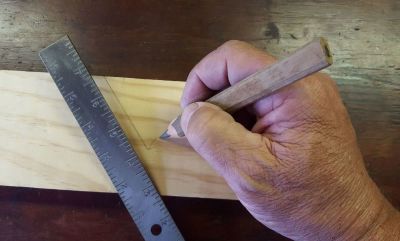Finish Carpentry Explained

By Michael Jumba
Carpentry as a trade is broad. For example, some carpenters assist in construction works by making form works, those who have specialised in framing roofs while others in interior finish work. Finish carpentry is a branch of the carpentry trade associated with interior and exterior trim, cabinetry, siding, wall finishes among other decorative works. In interior design, finish carpentry plays a special role especially when installing fittings, cabinets among other interior space components.
The persons who do finish carpentry works are finish carpenters. Finish carpenters perform works such as installing crown mouldings, doors, wooden floors, wall panels, cornices, wooden stairs, baseboards among other features of a building that require aesthetic appeal. Finish carpenters work on interior spaces after the structural shell of a building is complete, insulated, wired, and plumbing works completed. They are flexible such that they can perform these tasks when a homeowner has moved in or before the home is occupied.
Three main tasks are performed by a finish carpenter. They are: measuring, cutting and attaching or installing. Even though to the average mind the trade may seem simple, finish carpentry requires a certain level of woodworking skill to produce tight joints and level surfaces or installations. These skills are gained through several years of hands-on-the-job training.
To perform finish carpentry successfully, several tools are required. The very basic tools required by a finish carpenter are a mitre saw, a tape measure, a ball-peen hammer, a drill among others.
Download the article here



